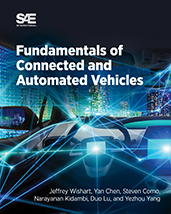Technical Paper
Application of Artificial Intelligence Techniques to Sensor Management
1987-10-01
871898
Sensor management is the integrated control of multiple sensors to provide enhanced and timely information to the fighter aircraft pilot. Artificial Intelligence techniques provide useful tools for building a sensor management system.

